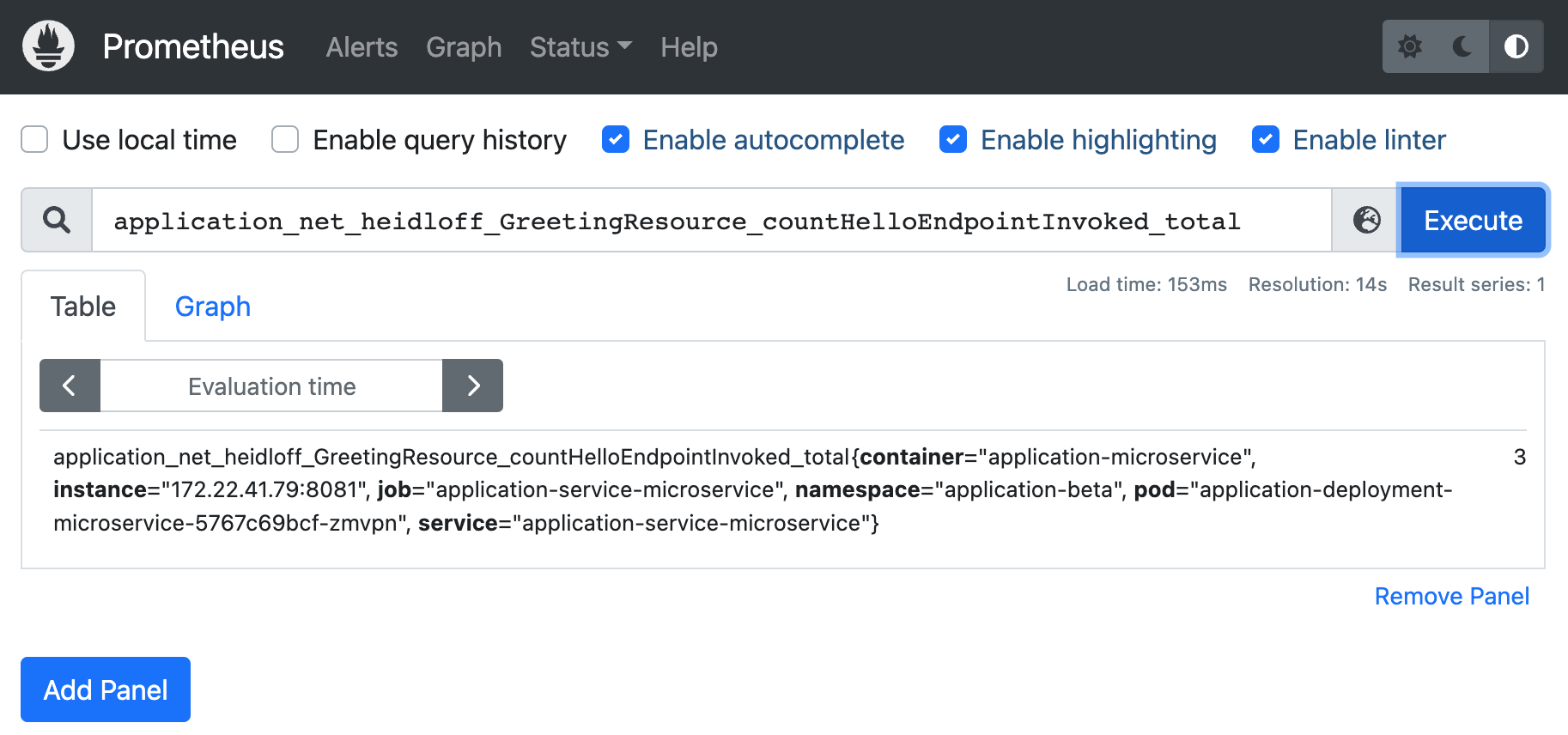The real power or Kubernetes operators are not day 1 tasks like the initial deployments, but the automation of day 2 operations. This article describes a sample operator that scales up an application automatically based on the number of API requests.
The complete source code from this article is available in the ibm/operator-sample-go repo. The repo includes operator samples that demonstrate patterns and best practises. It also includes another day 2 sample scenario: Automatically Archiving Data with Kubernetes Operators.
The sample contains the following components:
- Prometheus: Stores metrics from various sources and provides query capabilities
- Sample microservice: Provides a /hello endpoint which exposes a counter to Prometheus
- Application operator (core): Deploys the microservice
- Application operator’s CronJob: Separate container which scales up the number of pod instances based on the amount of /hello invocations
To set up and configure Prometheus, check our my previous article Exporting Metrics from Kubernetes Apps for Prometheus. Below I focus on the implementation of the auto-scaler.
The microservice has been implemented with Quarkus. It uses Eclipse MicroProfile to track the number of invocations (see code).
1
2
3
4
5
6
7
8
9
10
11
12
13
14
15
import org.eclipse.microprofile.config.inject.ConfigProperty;
import org.eclipse.microprofile.metrics.annotation.Counted;
@Path("/hello")
public class GreetingResource {
@ConfigProperty(name = "greeting.message")
String message;
@GET
@Produces(MediaType.TEXT_PLAIN)
@Counted(name = "countHelloEndpointInvoked", description = "How often /hello has been invoked")
public String hello() {
return String.format("Hello %s", message);
}
}
To allow Prometheus to scrape these metrics, a ServiceMonitor is used.
1
2
3
4
5
6
7
8
9
10
11
12
13
apiVersion: monitoring.coreos.com/v1
kind: ServiceMonitor
metadata:
labels:
app: myapplication
name: myapplication-metrics-monitor
namespace: application-beta
spec:
endpoints:
- path: /q/metrics
selector:
matchLabels:
app: myapplication
With the Prometheus user interface queries to this data can be done.
To develop the auto-scaler, a separate image/container is used. This container is an extension to the application controller. The application controller sets up a CronJob for the auto-scaler container so that it is run on a scheduled basis. The CronJob that is created by the controller looks like this. Note that the application name and namespace are passed in as parameter.
1
2
3
4
5
6
7
8
9
10
11
12
13
14
15
16
17
18
19
20
21
apiVersion: batch/v1
kind: CronJob
metadata:
name: application-scaler
namespace: operator-application-system
spec:
schedule: "0 * * * *"
jobTemplate:
spec:
template:
spec:
containers:
- name: application-scale
image: docker.io/nheidloff/operator-application-scaler:v1.0.2
imagePullPolicy: IfNotPresent
env:
- name: APPLICATION_RESOURCE_NAME
value: "application"
- name: APPLICATION_RESOURCE_NAMESPACE
value: "application-beta"
restartPolicy: OnFailure
The implementation of the actual auto-scaler is trivial. I’ve used the Prometheus Go client library. Note that this library is still considered experimental. Alternatively you can use the Prometheus HTTP API.
1
2
3
4
5
6
7
8
9
10
11
12
13
14
15
16
17
18
19
20
21
22
23
24
25
prometheusAddress := "http://prometheus-operated.monitoring:9090"
queryAmountHelloEndpointInvocations := "application_net_heidloff_GreetingResource_countHelloEndpointInvoked_total"
client, err := api.NewClient(api.Config{
Address: prometheusAddress,
})
if err != nil {
os.Exit(1)
}
v1api := v1.NewAPI(client)
ctx, cancel := context.WithTimeout(context.Background(), 10*time.Second)
defer cancel()
result, warnings, err := v1api.Query(ctx, queryAmountHelloEndpointInvocations, time.Now())
if err != nil {
os.Exit(1)
}
resultVector, conversionSuccessful := (result).(model.Vector)
if conversionSuccessful == true {
if resultVector.Len() > 0 {
firstElement := resultVector[0]
if firstElement.Value > 5 {
// Note: '5' is only used for demo purposes
scaleUp()
}
}
}
To learn more about operator patterns and best practices, check out the repo operator-sample-go. The instructions how to run the auto-scaler demo are in the documentation.

